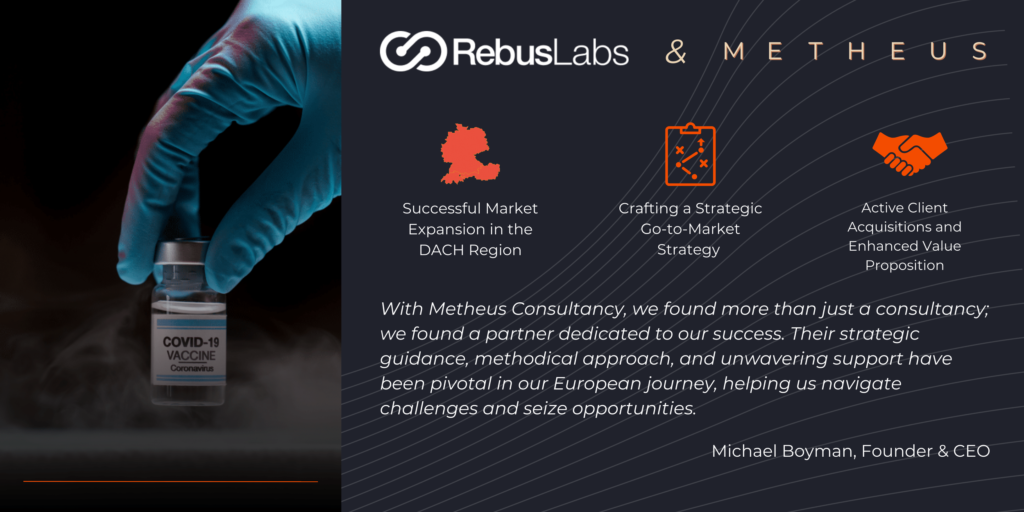Nowadays, the grocery industry observes high competitiveness. Consumers are more and more selective about their shopping experience for grocery needs and hence the trending online grocery industry is growing at a great pace. According to a McKinsey report, grocers saw as much as 30 percent of their business shift to online sales during the peak of the recent pandemic.
Online Grocery Sales in USA
In this growing market, the instant grocery category is picking up especially. This trend maintains its place on the agenda due to several factors, including high investments in startups with increasing market shares, corporate giants acquiring innovative companies, and the rapid growth of various markets that support the trend.
Let’s take a closer look at what is the instant grocery category and how it grew over the past few years.
What is the instant grocery category and how has it developed in recent years with the pandemic?
Instant grocery is a version of online grocery shopping that brings the deliveries to your doorstep either within minutes or hours. The category allows customers to quickly and easily complete their grocery shopping online from wherever they are with the offer of rapid delivery while eliminating the effort of grocery visits.
All grocery categories increased e-commerce sales over the past two years. Although product types with longer shelf life lead the way in this regard; sensitive materials such as fresh vegetables, meat, and dairy products have also started to be included in digital purchasing experiences with the widespread use of instant delivery methods. Especially during the pandemic; increasing health concerns, the need for social distancing, and quarantine conditions paved the way for this category along with others to rise rapidly.
This rise happened in instant delivery preferences has altered the online business landscape from delivery to storage, from search habits to expectations. Plus, shoppers’ changing tastes for rapid delivery for food and grocery have encouraged large investments in those businesses.
Major investments in the recent years
The concept behind an instant grocery store has its benefits for all involved. The category was created to combat the growing need for convenience and speed in today’s society. In 2020, the market for last-mile delivery of food and grocery accounted for $25 billion and is expected to reach $72 billion in 2025.
With the success of brands such as Getir, Instacart, DoorDash, Weezy, or Gorillas, it seems as though some markets are still legs behind, the industry has significant potential.
In the online grocery market, we usually see two categories; instant delivery and click & collect. Although the weight of these categories varies according to market maturity, the changing habits with the pandemic in recent years and the fact that many companies offer contactless delivery and are more accessible have increased the interest in instant delivery. Therefore, grocery brands either built their own operations or made strategic alliances with delivery companies.
According to the data of Pitchbook, in the first 6 months of 2021, globally venture-backed grocery companies received investments of over 10 billion dollars. These investments continued in the second half of the year. Instacart, GoPuff, and Xingsheng Youxuan raised $39 billion, $8.9 billion, and $3 billion respectively in 2021, companies like Getir, Gorillas, and Weezy followed a similar trend. Later in the year, Indian food delivery startup Swiggy announced that they will invest $700 million in their express delivery services. It appears that these investments will not be cut off any time soon.
Selected companies in this domain
As many companies have made crucial efforts in terms of increasing their market share within the last year, especially some came to the fore.
Getir:
The noticeable of the bunch was a company called Getir from Turkey who promised to give your groceries within minutes through their app. As a company established in 2015, Getir is an early comer. After they achieved significant success in Turkey, they expanded to the European market and then to the US with solid successful steps.
DoorDash:
Instant delivery company Doordash is a Silicon Valley success story. Doordash offers customers the convenience of having courier-delivered meals from their favorite restaurants. Backed by top-tier investors such as Sequoia Capital, Y Combinator, and Charles River Ventures, the company had raised more than $2.5 billion until June 2020.
Gorillas:
Berlin-based Gorillas is an instant grocery delivery service. As one of the fastest-growing European startups that reached “unicorn” status, now they are available in more than 55 cities including Amsterdam, London, Paris, Madrid, and New York.
How these companies expanded in 2021
Getir
-
Expanded their operations to 9 countries including the United Kingdom, the Netherlands, Germany, France, Spain, Italy, Portugal, and United States.
-
While the number of employees on the delivery side tripled, the number of people working in the offices increased more than 4 times and reached 4000+ people.
-
While expanding, acquired Blok, an instant grocery service based out of Barcelona, Weezy, a British competitor, and Moov, a car rental company, and gained more operational power.
-
Tripled their valuation to $7.7 billion in one year.
DoorDash
-
After Australia and Canada, expanded to Japan as their first Asian operation.
-
Acquired Wolt, a Helsinki-based delivery firm for further expansion in the region.
-
Reached an estimated 57% of the market share of the U.S. food delivery market, while its following competitor Uber Eats held a 27% market share.
Gorillas
-
Raised a $235 million investment from Delivery Hero in their last investment round.
-
Reached a valuation of $3.1 billion only a year later of their establishment.
-
Entered the UK and grew in Europe, now operating in nearly 60 cities in 9 countries.
It can be said that 2021 was a very bright year for the companies selected above. However, it is necessary to mention an important characteristic of the market: in the instant grocery industry, companies are in the race to increase their volumes by creating continuous investment potential regardless of profitability.
Except for countries that have cheap labor power, this industry carries low operational profitability. This situation indicates that; the companies competing in the market are not trying to get slices of the cake, but to own the cake, that is, to dominate the markets they are operating in. Since they are already competing in a sector with low profitability, their aim is to eliminate their competitors within a few years and to become the sole and strongest player in the market.
Lessons to learn
When we look closely at all these companies, it can be seen that there are several crucial points they have in common. The investments they made in their people, clear determination of their expansion path, and taking firm steps forward accomplishing their goals without giving up on close follow-up laid the groundwork for their success.
However, aside from all these success factors, dazzling investments, and growth rates, achieving high market penetration is not a painless process. It should be taken into account that it may be difficult to maintain balance at several points such as dealing with high workload, difficulty in maintaining customer satisfaction and service quality, and taking the low profitability risk.
The key lies here in understanding the dynamics of the industry, correctly analyzing the market potential, determining the needs of your company, and constructing an effective expansion strategy.
Business expansion may be a challenge, but as the examples of instant grocery delivery players show, it is also an important opportunity to unlock the true potential of your business. Metheus is here to turn this whole process from being a challenging nightmare into an exciting journey.







